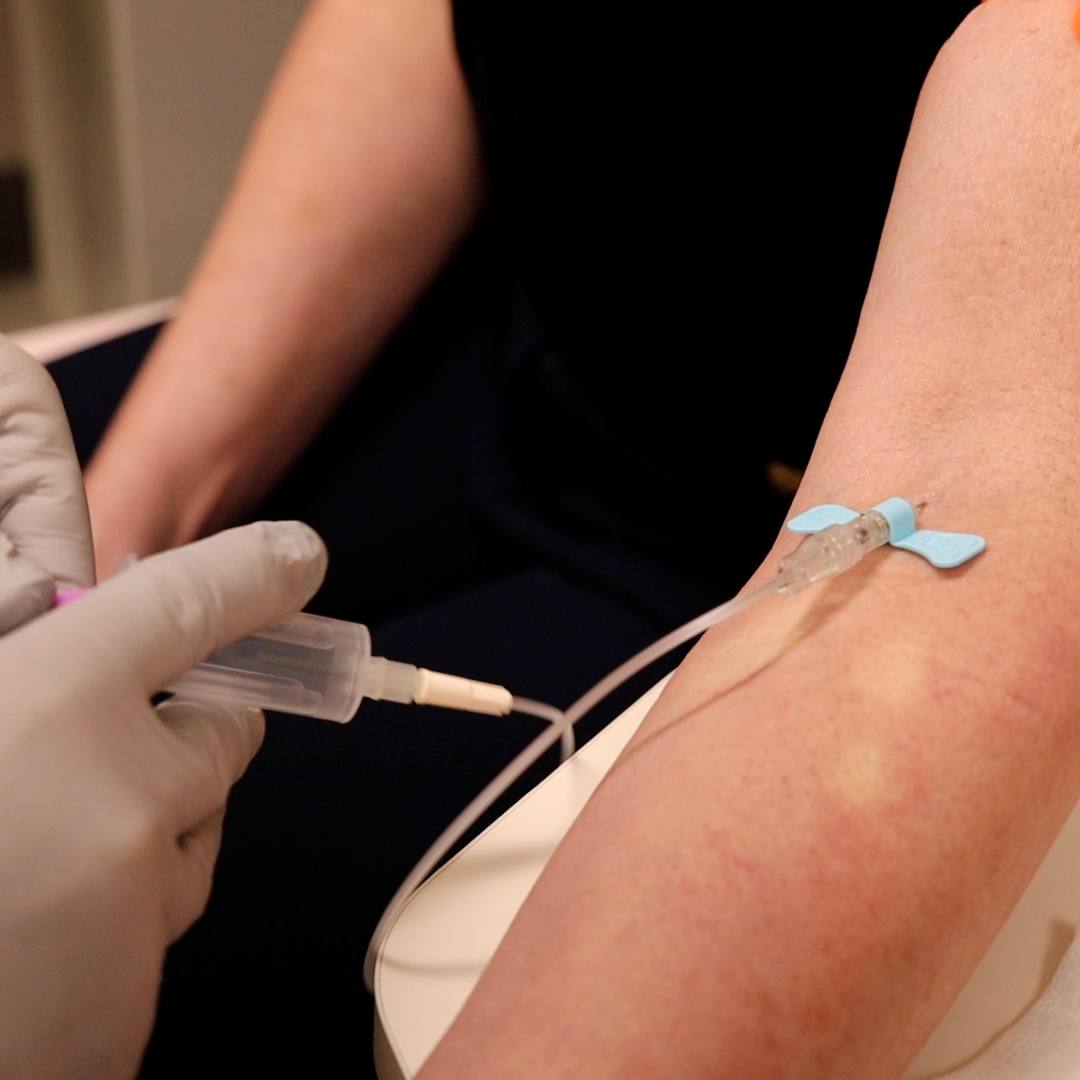-
Health & Wellness
Consumer Health: What is a ‘diabetes diet?’

November is National Diabetes Month, which makes this a good time to learn more about preventing and treating diabetes.
Diabetes mellitus refers to a group of diseases that affect how your body uses blood sugar. The underlying cause of diabetes varies by type. But no matter what type of diabetes you have, it can lead to excess sugar in your blood. Too much sugar in your blood can lead to serious health problems.
The two types of chronic diabetes conditions are Type 1 diabetes and Type 2 diabetes. Type 1 diabetes can develop at any age, although it often appears during childhood or adolescence. Type 2 diabetes, which is more common, also can develop at any age, although it's more common in people over 40.
Prediabetes means you have a higher-than-normal blood sugar level, but it's not yet high enough to be considered Type 2 diabetes. Gestational diabetes is diabetes diagnosed for the first time during pregnancy, causing high blood sugar levels that can affect your pregnancy and your baby's health.
Three healthy lifestyle choices can both treat and reduce your risk for prediabetes, Type 2 diabetes and gestational diabetes. These are eating a healthy diet, maintaining a healthy weight and being physically active.
Eating a healthy diet, sometimes referred to as a "diabetes diet," simply means eating the healthiest foods in moderate amounts and sticking to regular mealtimes. It's a healthy eating plan that's naturally rich in nutrients, and low in fat and calories. Key elements are fruits, vegetables and whole grains. A diabetes diet is a healthy eating plan that almost everyone can follow.
Here are some tips for creating your healthy eating plan.
Related Articles







